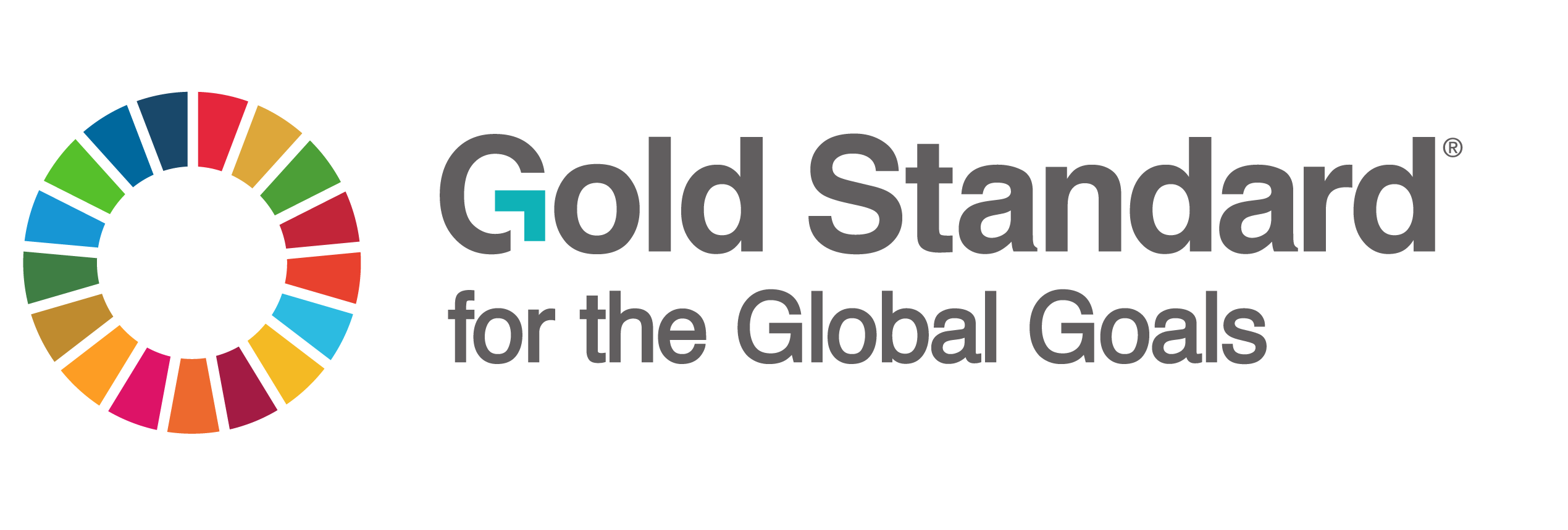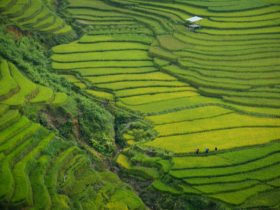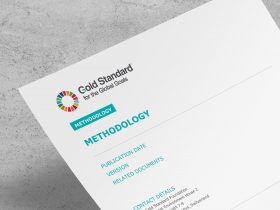Traditional rice cultivation practices are both water intensive and the second largest contributor to agricultural emissions after livestock. Methane is produced when organic matter decomposes in flooded rice fields without access to oxygen. The new methodology is applicable to measures that reduce the emission of methane by:
- changing the water regime during the cultivation period from continuously to intermittently flooded conditions and/or a shortened period of flooded conditions;
- using the alternate wetting and drying method;
- adopting aerobic rice cultivation methods; and
- switching from transplanted to direct-seeded rice (DSR).
The methodology is applicable to measures that reduce anaerobic decomposition of organic matter in rice-cropping soils. Such measures include changing the water regime during the cultivation period from continuously to intermittently flooded conditions and/or a shortened period of flooded conditions, using the alternate wetting and drying method, adopting aerobic rice cultivation methods, and switching from transplanted to direct-seeded rice (DSR). This methodology can be applied to large and small-scale or micro-scale projects or PoAs.
The methodology is adapted from the small-scale CDM methodology AMS-III.AU – Methane emission reduction by adjusted water management practice in rice cultivation – Version 4.0. This methodology has been revised in accordance with the recent IPCC guidelines (Chapter 5.5 of IPCC Guidelines (2019)). It has introduced options for determining country-specific baselines using Tier-2 approaches, as well as additional guidelines on baselines and methane measurements, and simplified approach for small scale and micro scale projects.




